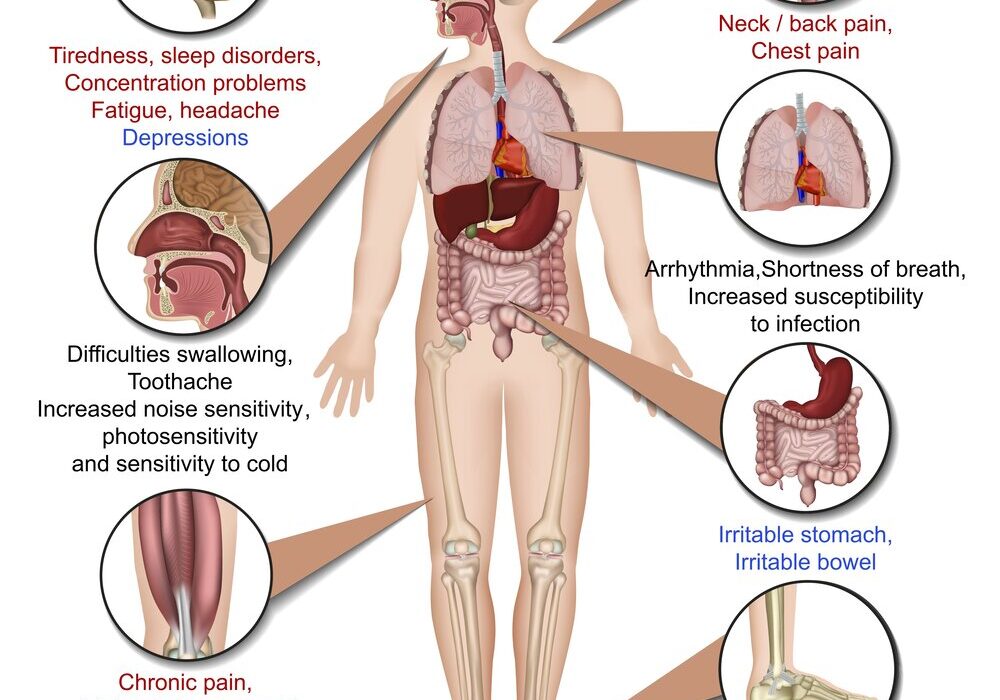Labor begins with a whisper, not a roar. Before the first visible contraction, before the gripping tension that signals a baby’s arrival, the uterus is already listening—feeling its own stretch, sensing the growing weight within, preparing for the most intricate performance of muscle coordination in human biology. For decades, scientists understood the chemical signals that guide this transformation. Hormones like progesterone and oxytocin were known conductors of the process. But a lingering question remained: how does the uterus know when it’s time to begin?
A new study from Scripps Research, published in Science, reveals that the answer lies not only in chemistry, but in the language of force. The uterus, it turns out, can sense pressure and stretch with remarkable molecular precision. And those sensations help choreograph the rhythm of labor itself.
“As the fetus grows, the uterus expands dramatically, and those physical forces reach their peak during delivery,” says senior author Ardem Patapoutian. “Our study shows that the body relies on special pressure sensors to interpret these cues and translate them into coordinated muscle activity.”
The Hidden Sensors Behind Labor’s Rhythm
Patapoutian, who shared the 2021 Nobel Prize in Physiology or Medicine for discovering touch and pressure sensors in cells, understood this realm better than most. His earlier work revealed two key proteins—PIEZO1 and PIEZO2—that help the body detect mechanical force. But what his team uncovered about childbirth was something new: these sensors don’t merely help us feel the world outside. They help the uterus feel what’s happening inside.
In their study, the researchers discovered that PIEZO1 and PIEZO2 each take on distinct roles during labor. PIEZO1 is active in the uterine smooth muscle, responding to rising pressure as contractions build. PIEZO2, meanwhile, lives in the sensory nerves of the cervix and vagina, where it responds to stretch from the descending fetus and strengthens contractions through a neural reflex.
Working together, these proteins form a communication network. Stretch and pressure become electrical and chemical signals, which in turn become the steady, powerful waves of contraction that propel a baby toward birth. One sensor can pick up some slack if the other falters, a built-in redundancy that helps labor continue even when one pathway is disrupted.
When the Molecular Conversation Goes Quiet
To understand how essential these sensors are, the team turned to mouse models. They selectively deleted PIEZO1 or PIEZO2 from the uterus or from nearby sensory nerves. Tiny implanted pressure sensors recorded every contraction during natural labor. What they saw was a striking silence. Mice missing both PIEZO proteins had weak, disorganized contractions and significantly delayed delivery. The mechanical cues that normally guide labor were lost, and without them, the process faltered.

Further experiments dug deeper into the cellular mechanics. The team found that PIEZO activity helps regulate connexin 43, a protein forming gap junctions—microscopic channels linking smooth muscle cells so they contract as one. Without PIEZO signaling, connexin 43 levels dropped. The muscle lost its unity. Contractions that should have risen as a single wave now broke apart into scattered, inefficient pulses.
“Connexin 43 is the wiring that allows all the muscle cells to act together,” explains first author Yunxiao Zhang. “When that connection weakens, contractions lose strength.”
Echoes in Human Tissue and the Clues They Offer
Mouse experiments alone wouldn’t be enough to suggest relevance for human labor. But human uterine tissue samples revealed similar patterns of PIEZO1 and PIEZO2 expression. The same sensors were present in the same places, pointing to a shared system between species. This parallel hints at explanations for longstanding clinical puzzles, such as weak or irregular contractions that prolong delivery.
“In clinical practice, epidurals are given in carefully controlled doses because blocking sensory nerves completely can make labor much longer,” notes Zhang. “Our data mirror that phenomenon; when we removed the sensory PIEZO2 pathway, contractions weakened, suggesting that some nerve feedback promotes labor.”
These findings stitch together physiological observations, cellular data, and clinical experience into a unified picture: the uterus relies on feedback from pressure and stretch to maintain its rhythm, and interrupting that feedback slows the process.
Imagining a Future of Precision Labor Care
The implications for medical care are tantalizing. If scientists can learn to modulate PIEZO activity, they may one day influence labor in subtle, targeted ways.
For mothers at risk of preterm delivery, a PIEZO1 blocker—if it could be developed—might help slow contractions without shutting down muscle function entirely. On the other end of the spectrum, stalled labor might be helped by safely activating PIEZO channels to strengthen contractions. Current treatments affect broad swaths of the body’s machinery. PIEZO-based interventions might one day act more precisely, focusing only on the uterus’s mechanical sensing.
Though these applications remain far off, the foundational biology is rapidly unfolding. The team is now exploring how PIEZO signaling blends with hormonal cues, especially progesterone. Earlier studies suggest that progesterone can suppress connexin 43 even when PIEZO channels remain active, preventing early contractions. As progesterone levels fall near term, PIEZO-driven calcium signals may help trigger the cascade that leads to delivery.
“PIEZO channels and hormonal cues are two sides of the same system,” Zhang points out. “Hormones set the stage, and force sensors help determine when and how strongly the uterus contracts.”
Why This Discovery Matters
Childbirth may be one of the most universal human experiences, yet its inner workings remain surprisingly mysterious. This study offers a long-missing piece of the puzzle. It reveals that force sensing is not just something we do with skin or muscles or joints. The uterus itself listens. It gathers information from pressure and stretch, then uses it to shape the rhythm of labor.
Understanding these pathways could transform how clinicians manage both pain relief and labor progression. It could clarify why some labors stall, why some accelerate unexpectedly, and why interventions like epidurals need such careful calibration. It could open the door to treatments that prevent premature birth or support struggling contractions without broadly disrupting the rest of the body.
“Childbirth is a process where coordination and timing are everything,” says Patapoutian. “We’re now starting to understand how the uterus acts as both a muscle and a metronome to ensure that labor follows the body’s own rhythm.”
In revealing how the uterus feels, responds, and adapts, the study shines new light on one of life’s most profound biological events. It tells a story of molecular listening—one in which pressure becomes communication, stretch becomes guidance, and the body uses sensation itself to bring new life into the world.
More information: Yunxiao Zhang et al, PIEZO channels link mechanical forces to uterine contractions in parturition, Science (2025). DOI: 10.1126/science.ady3045






